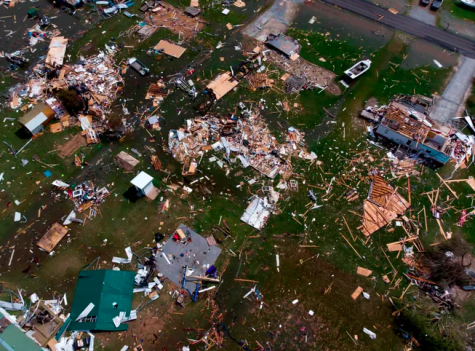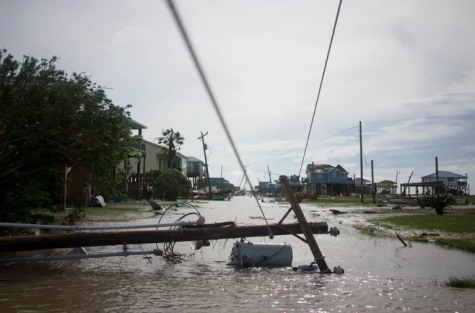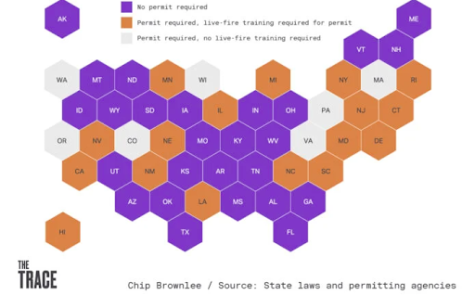Hurricane Laura: The aftermath of the storm

Hurricane Laura struck on Aug. 26, touching down on the southern border of Texas and Louisiana. The storm killed at least 25 people and caused as much as $12 million in damage. It pounded the Gulf Coast for hours with winds up to 150 mph, torrential downpours and rising sea levels. Originally being a category four hurricane, Laura went down as one of the most powerful storms since before the Civil War.
Louisiana took the brunt of the damage when the storm barrelled over Lake Charles, an industrial and casino city of 80,000 people. Now, both states are facing a grueling recovery in the midst of a pandemic.
Laura crumpled houses and destroyed parts of Louisiana’s power grid after the initial landfall, leaving thousands without power for weeks. The electric company Entergy, which serves Louisiana and Texas, says that the damage to its high-voltage transmission lines and other key infrastructure will have to be re-built from the ground up.
“We expect the recovery to be as difficult and challenging as we have ever faced in the past,” said Phillip May, the president and CEO of Entergy Louisiana.

The Lake Charles area also endured a chemical fire from a plant just outside the city which produced a dangerous cloud in the sky. The Governor of Louisiana, John Bel Edwards, advised residents in affected areas to stay indoors, shut windows and turn off air conditioning units. Later, police confirmed that there was a chlorine leak at the BioLab chemical manufacturing facility of west Lake Charles.
President Trump visited Louisiana and Texas on Aug. 29 to survey the damage.
“I’m here to support the great people of Louisiana, it’s been a tremendous state for me. I love the people,” Trump said. “One thing I know about this state, they rebuild it fast, there’s no problem. And we’ll supply what we have to supply.”
Trump said the Federal Emergency Management Agency (FEMA) had delivered 2.6 million liters of water and 1.4 million meals to the area so far, and that locals are working hard to restore water and power. The president did not comment on climate change which scientists predict will continue to produce larger and more powerful storms.
Currently, many residents are finding shelter in hotels. Gov. Edwards is encouraged by the progress he’s seen at Lake Charles a week after the storm, but he cautions that recovery will be long.

Anna is a senior at Central York High School and has been writing for The Prowler for three years. She is the Editor-in-Chief of On The Prowl and is excited...





